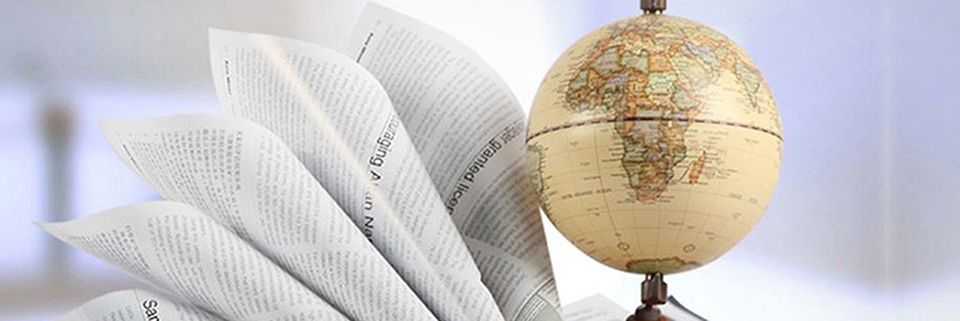- Home
-
-
-+
-
-
-+
-
-
-+
-
-
-+
- Contact us
- 中文版
Take the preservation of cultural relics in the library as an example. The common cultural relics in our collection are artificially processed and stored in different categories according to certain standards. This is mainly because different cultural relics have different requirements on ambient temperature and humidity, as well as carbon dioxide and microbial content. If different cultural relics are put together, it will greatly increase the difficulty of cultural relics environmental monitoring, which will affect the preservation quality of cultural relics.
It is understood that "preventive protection" is the fundamental purpose of implementing cultural relics environmental monitoring. For the environmental monitoring of cultural relics, the "master" of this work is the sensor. A large number of sensors deployed in the monitoring area can be used to sense the light intensity, ultraviolet intensity, carbon dioxide concentration, ambient temperature and humidity, and even volatile organic compound concentrations of objects in the corresponding area. Not only that, the cultural relics collection hall with multiple sensors is like a spider web. The invisible interconnected "spider silk" can complete the rapid dissemination of information, thereby helping the staff at the center of the "cobweb" to grasp it in real time. Preservation of each collection. Once an emergency occurs, the staff can quickly find out the exact location of the abnormality and take corresponding remedial measures in a short time.
In addition, in the process of cleaning and repairing cultural relics, ion chromatography, ion mass spectrometry, spectrometer, ultrasonic cleaner, acidity meter, thickness gauge, electronic balance, thermostatic water bath, pure water preparation instrument, ultra-clean workbench, incubator, A variety of instruments and equipment, such as artificial climate boxes, also play an important role.
After talking about the indoor cultural relics environmental monitoring, let's talk about the environmental monitoring of immovable cultural relics such as ancient buildings, cave temples and murals. First of all, it can be confirmed that the latter is more difficult to protect than the former who is in the "greenhouse". Therefore, in addition to the use of carbon dioxide automatic recorders, outdoor temperature and humidity recorders and other instruments and equipment, people also need to use portable automatic weather stations to implement comprehensive monitoring of the weather surrounding the ancient buildings, such as wind direction, wind, rainfall and other meteorological factors.
Secondly, people can also build a reliable image database by monitoring the artifacts. The establishment of this reliable database is of great significance for improving the stability of immovable cultural relics such as ancient buildings, ancient sculptures and ancient frescoes, as well as the restoration of damaged cultural relics.
According to the China Cultural Relics News, in June this year, Zhejiang University's Cultural Relics Protection Materials Laboratory used 16 special instruments and equipment to carry out many scenic spots such as Feilaifeng Stone Carving and Lingyin Temple in accordance with the deployment of the Hangzhou Garden Culture Bureau. Timed fixed-point monitoring. It is understood that the operation completed the detection of the surrounding environment, the surface of the cultural relics, the cultural relics materials, and the cultural relics. In addition, around some important West Lake cultural relics, corresponding automatic monitoring systems have been established. In addition to the above-mentioned various sensors, the monitoring system is also equipped with an automatic camera acquisition system and an automatic warning alarm system, which facilitates the real-time recording and protection of cultural relics.
Ancient cultural relics, as a historical deposit of 5,000 in China, not only attract a large number of overseas tourists to visit each year, promote the development of the local economy, but also effectively improve the collective sense of honor of the Chinese people and enhance their ability to appreciate art. To this end, the relevant cultural relics protection departments should conscientiously implement the cultural relics work policy of “mainly protection, rescue first, rational use, and enhanced management”, and use advanced equipment to fully carry out cultural relics protection work.



